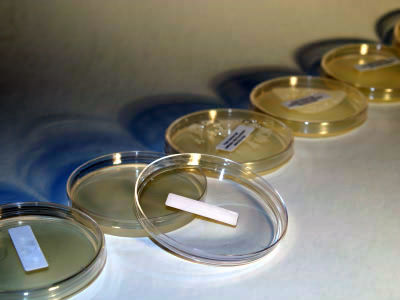A new fiber has been developed that converts sunlight into heat and increases temperature by 30 degrees in just 10 minutes

When you're outdoors in the cold winter, you may have imagined how warm it would be if your clothes could generate heat like a hand warmer. A research team from Canada and China recently reported in a paper published in the academic journal Advanced Composites and Hybrid Materials that they have developed a 'special fiber that converts light into heat to warm you up.'
Color tunable photo-thermochromic elastic fiber for flexible wearable heater | Advanced Composites and Hybrid Materials
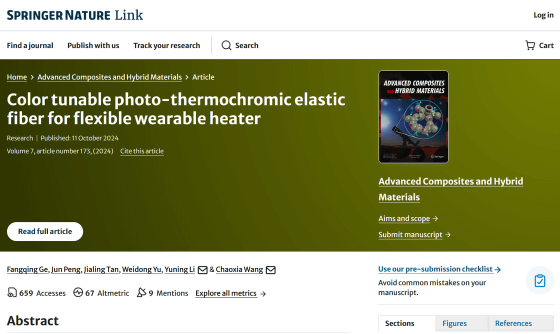
This smart fabric heats up under the sun | Waterloo News | University of Waterloo
https://uwaterloo.ca/news/media/smart-fabric-heats-under-sun
New fabric can heat up almost 50 degrees to keep people warm in ultracold weather | Live Science
https://www.livescience.com/chemistry/new-fabric-can-heat-up-almost-50-degrees-to-keep-people-warm-in-ultracold-weather
Scientists have been researching wearable heaters for years to maintain a comfortable body temperature in cold environments. Flexible wearable heaters could have applications in a variety of fields, such as mountain rescue teams and clothing for pets, but existing wearable heaters rely on expensive components such as metal nanomaterials and battery-powered heating elements.
So a team led by Yuning Li, a professor of chemical engineering at the University of Waterloo in Canada, turned their attention to photothermally active polymers, plastic-like materials that convert light into heat.
The fiber developed by the research team is a polyurethane-based thermoplastic elastomer (TPU), which is also used in waterproof clothing and sportswear, with 0.5% embedded nanoparticles of photothermally active polyaniline (PANI) and polydopamine (PDA) . Below is a photo of the actual fiber wound on a spool.
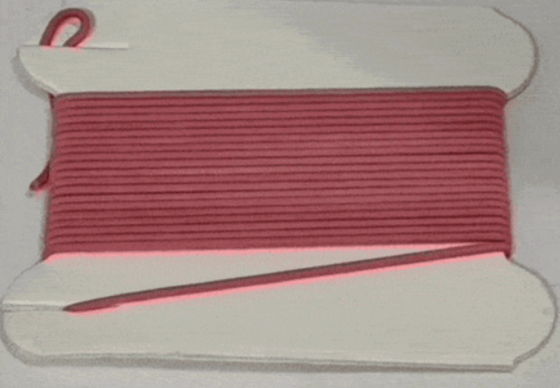
Temperature-sensitive dyes are incorporated into the spinning process, so that as the material heats up it changes from red to white, allowing the wearer to visually monitor the temperature change of the fibre.
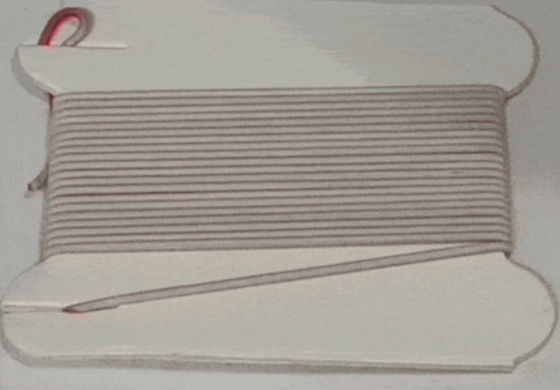
The team actually knitted a scarf for a teddy bear using the newly developed fiber and exposed it to sunlight for just 10 minutes, and found that the temperature of the fiber rose from 20 degrees Celsius to 53.5 degrees Celsius after only 10 minutes of exposure to sunlight.
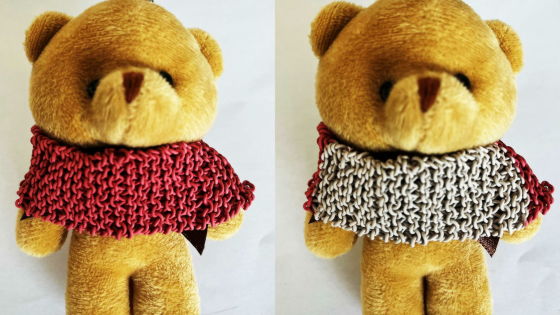
'The nanoparticles we have incorporated are very efficient at absorbing different wavelengths of sunlight. When sunlight hits these nanoparticles, they absorb the energy and release it as heat through a process called photothermal conversion,' Li told Live Science via email.
The fiber developed this time is also stretchable to five times its original shape and durable enough to maintain its functionality even after up to 25 washes. The research team is focusing on scaling up the production process and reducing costs in order to commercialize the technology, and is looking for alternative materials to PDA to improve cost-effectiveness.
'We prioritized durability, ensuring the fabric could withstand repeated use and environmental exposure while maintaining its innovative properties,' Li said. 'The next steps in this research are to reduce production costs, scale up the manufacturing process and ensure safety for prolonged skin contact.'
Related Posts:
in Science, Posted by log1h_ik






